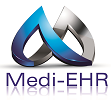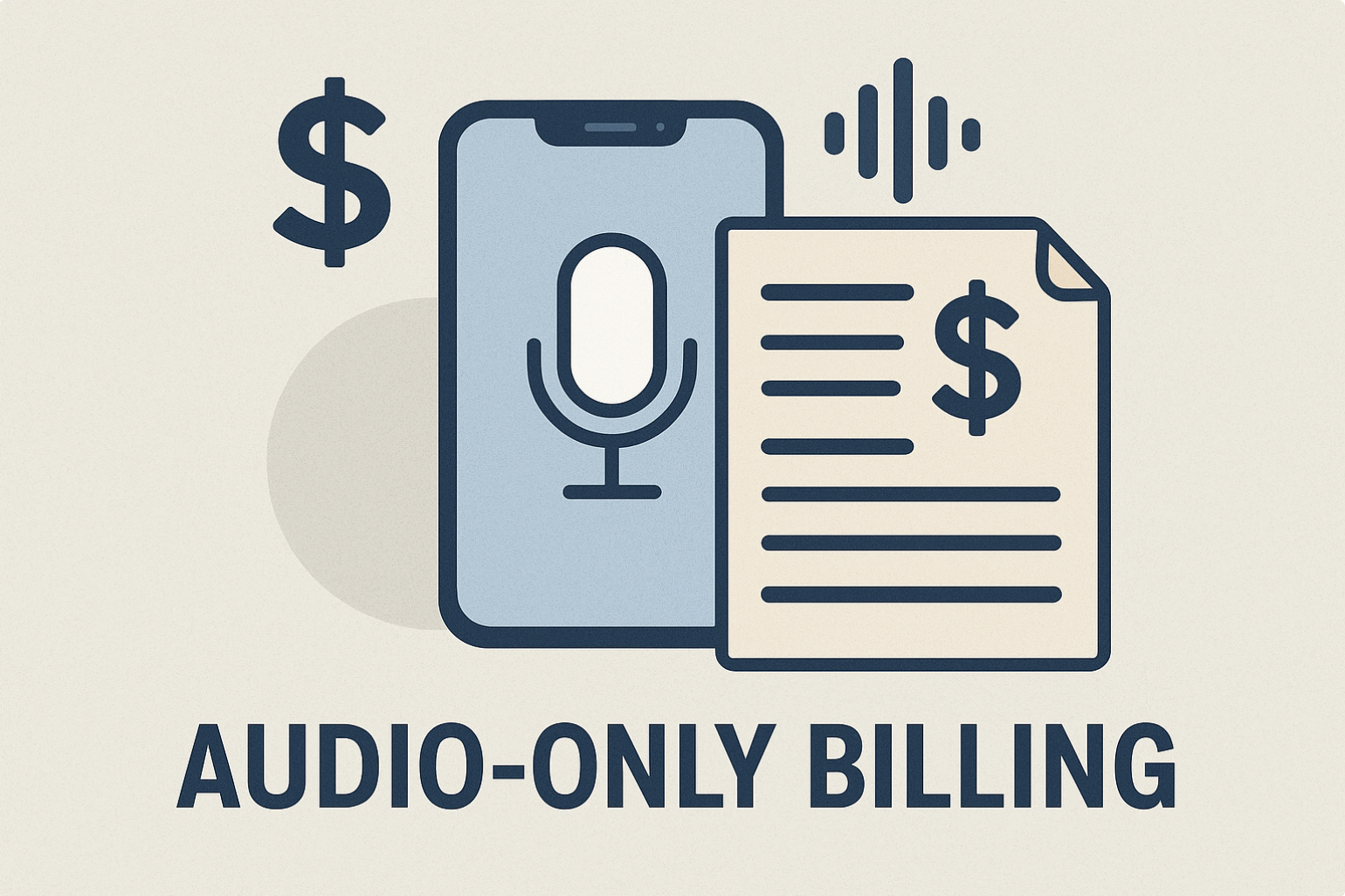In the evolving world of telehealth, billing for audio-only sessions presents unique challenges for healthcare providers. Mastering billing for audio-only sessions requires effective strategies to ensure compliance and maximize revenue. In this article, we delve into the complexities of billing for audio-only sessions, offering actionable guidance to enhance your billing practices.
Understanding the Basics of Billing for Audio-Only Sessions
For healthcare providers, especially those new to telehealth, mastering the basics of billing for audio-only sessions is crucial. These sessions often demand different billing codes than video sessions. Understanding these differences helps ensure compliance and proper reimbursement.
Key Differences Between Audio and Video Billing
The distinction lies mainly in the billing codes. Video sessions may use standard E&M codes, while audio-only sessions often require unique codes such as CPT 99441-99443. Identifying the correct code for your session type is essential for accurate billing.
Impact of COVID-19 on Audio-Only Billing
COVID-19 accelerated telehealth adoption. During the pandemic, temporary measures allowed broader billing under Medicare, including expanded services. Learn more about these changes.
Optimizing Your Billing Process for Audio-Only Sessions
To optimize billing processes, a multifaceted approach is necessary. Here are key strategies to consider:
Implementing Efficient Documentation Practices
Accurate documentation is crucial. Document every encounter in detail, focusing on the necessity and outcome of the session to justify billing claims.
Leveraging Technology for Accurate Coding
Utilize technology that supports billing accuracy. Software solutions can help automatically apply the correct codes during billing, reducing errors.
Common Challenges and Misunderstandings
Many providers face hurdles due to misunderstandings of policy changes and varying payer requirements. Here are some common challenges:
Understanding Payer Policies and Requirements
Each insurer may have different requirements. Staying informed about policy updates from major insurers can prevent denials. Stay updated here.
Navigating Reimbursement Challenges
Denials often result from incorrect billing codes or insufficient documentation. Training staff on these nuances is crucial to minimize rejections.
FAQs on Billing for Audio-Only Sessions
What codes are used for billing audio-only sessions?
Audio-only sessions typically use CPT codes 99441, 99442, and 99443, which correspond to the consultation’s duration.
How has telehealth policy affected audio-only billing?
Telehealth policies expanded significantly since 2020, allowing audio-only sessions to be billed similarly to in-person visits under certain conditions. Read more here.
Are audio-only sessions covered by Medicare?
Yes, during the COVID-19 pandemic, Medicare temporarily approved reimbursement for audio-only sessions, a policy still under evaluation. See the details here.
Conclusion: Your Next Steps in Billing for Audio-Only Sessions
Mastering billing for audio-only sessions requires diligence in understanding coding, documenting precisely, and staying updated on policy changes. Implement these strategies to optimize billing practices effectively. Enhance your telehealth services by refining your billing processes today.
Explore the latest billing software designed to manage telehealth intricacies, ensuring accuracy and compliance. Explore more on our site.
Sources
- Centers for Medicare & Medicaid Services (CMS). Medicare Telemedicine Health Care Provider Fact Sheet. Accessed on 2023-10-01.
- American Medical Association. Practice Management in Telemedicine. Accessed on 2023-10-01.
- Health Affairs. Comprehensive Analysis on Telehealth Policy Changes. Accessed on 2023-10-01.
- Government Accountability Office. Medicare and Telehealth: Coverage and Oversight Changes. Accessed on 2023-10-01.

